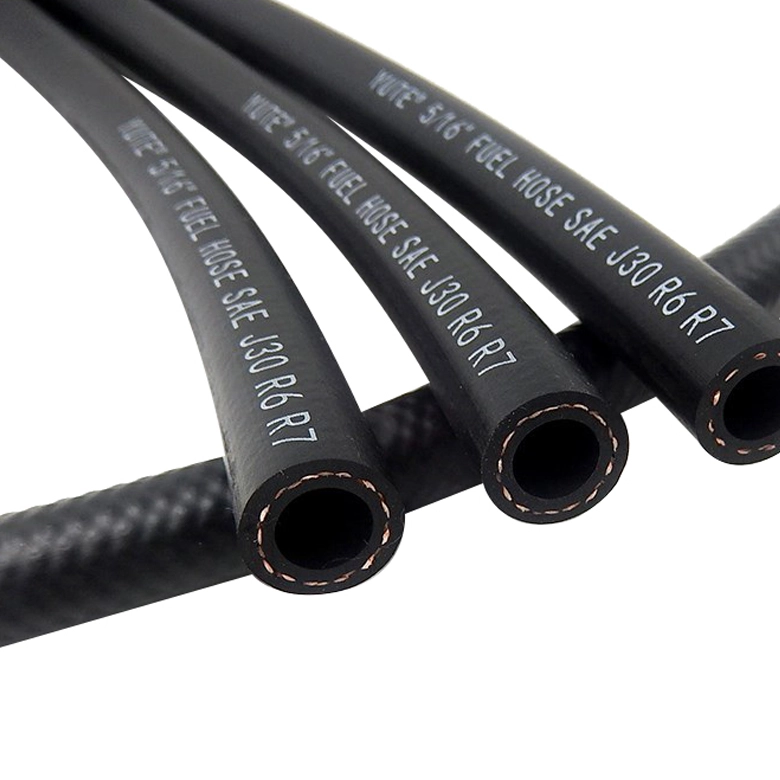En motores turboalimentados, the charge air cooler is a vital component that cools the compressed air before it enters the cylinders. Durable, resistente al calor mangueras del enfriador de aire de carga are crucial connections carrying hot, pressurized air between the turbo, intercooler, and engine intake. For peak engine efficiency, operators must choose high-quality charge air hoses engineered to withstand extreme temperatures and pressures. This article will examine the function of charge air coolers, the demands placed on connecting hoses, and key design factors to consider when selecting hoses for heavy-duty diesel engines.
What Do Charge Air Coolers Do?
A charge air cooler (also called an intercooler) removes heat from the compressed air discharged from the turbocharger, prior to entering the engine cylinders. As air heats up during compression, its density decreases. Cooler, denser air allows more oxygen into the cylinders, improving combustion. Benefits include:
- Increased engine power and efficiency
- Reduced emissions
- Enhanced durability and reliability
Proper air cooling depends on optimized intercooler performance and minimal pressure losses through the connecting hoses.
Challenges for Charge Air Hoses
The operating conditions impose demanding requirements on charge air hoses:
- High temperatures up to 230°F from hot compressed air
- Exposure to oils and hydrocarbon contaminants
- Potentially high pressures up to 35 PSI
- Constant vibration while engine is running
- Tight installation space on cramped engine layouts
To withstand these harsh conditions over thousands of operating hours, specialized hose materials and designs are imperative.
Key Design Factors
Critical considerations for charge air cooler hoses include:
- Durable, heat-resistant materials – silicone, stainless steel and hybrid constructions resist deterioration.
- Multi-layer reinforced internals – provide strength to handle pressure spikes.
- Abrasion resistant outer cover – prevents damage from rubbing, vibración.
- Excellent ozone and oil resistance – withstand chemical degradation.
- Optimized bend radius – allows tighter routing without kinking.
- Secure mounting clamps – prevent loosening from vibration forces.
- Length and diameter – custom sized for application space and airflow demands.
With robust construction to endure high temps, presión, vibration and contaminants over time, the properly specified charge air hose is essential for peak turbocharged engine performance.
Best Practices for Charge Air Systems
Along with proper hose selection, recommended charge air system practices include:
- Keeping the intercooler radiator clear of debris – prevents air flow restriction.
- Regularly inspecting hoses – replace any hardened, cracked or swollen hoses.
- Checking hose clamps for tightness – prevents leaks under pressure.
- Monitoring air filter maintenance – prevents intercooler contamination.
- Checking for air leaks – leak testing the entire system.
- Selecting reputable, specialized hose suppliers – avoid no-name bargain hoses.
For operators seeking maximum turbocharged diesel performance, prioritizing durable charge air hoses and proactive system maintenance is key. Contact a cooling system specialist to select the ideal hoses for your engines.



